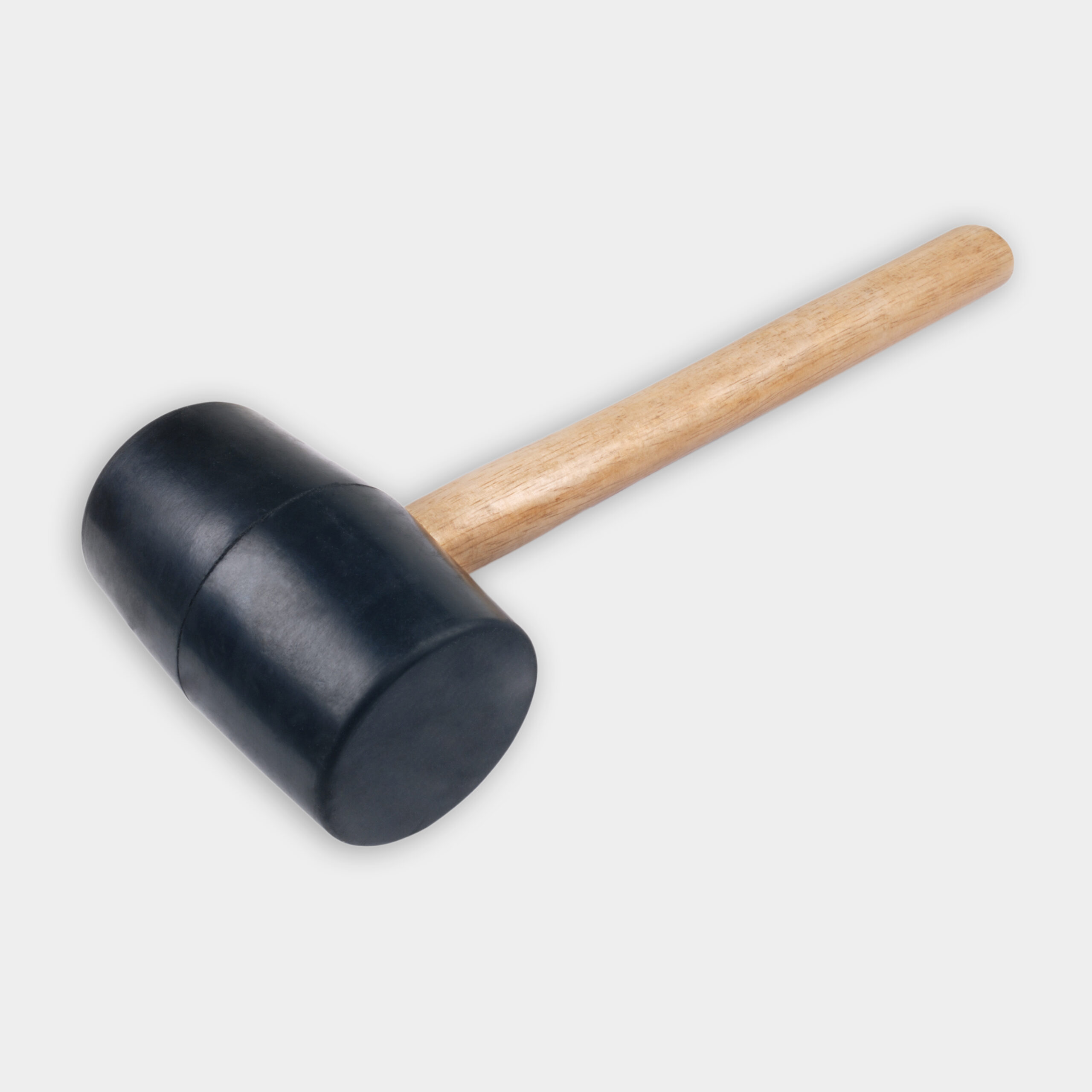We may be compensated if you purchase through links on our website. Our team is committed to delivering honest, objective, and independent reviews on home products and services.
More
A cracked or uneven concrete walkway not only detracts from your home’s curb appeal but can also pose a safety hazard. Replacing an old concrete walkway with a new brick paver path can enhance your home’s aesthetics and improve functionality. This Old House mason, Mark McCullough, demonstrates how to transform a deteriorating concrete walkway into an attractive brick paver path, and you can read our guide for more tips and tricks.
Assessing the Existing Concrete Walkway
Before beginning the replacement process, it’s essential to evaluate the current state of your concrete walkway. Look for these common issues:
- Cracks and fissures
- Deterioration due to freeze-thaw cycles
- Inadequate drainage
- Uneven surfaces or trip hazards
In the video, Mark elaborates on how the walkway has developed cracks over the years due to the freeze-thaw cycle prevalent in New England. He highlights that the control joints, designed to prevent cracking, were too shallow, thus ineffective.
Removing the Old Concrete Walkway
Once you’ve assessed the damage, it’s time to remove the old concrete. This process requires some physical labor and the right tools.
Tools and Materials Needed
- Pickaxe
- Sledgehammers (2- and 3-pound)
- Safety work gloves
- Safety glasses
- Metal rake
- Disposable dumpster
Steps for Removal
Removing the old concrete walkway involves several steps for which the right strategy and tools are essential. Here’s how:
- Identify weak points. Typically, start with control joints or existing cracks.
- Use a pickaxe. Pry up sections of the concrete pad carefully.
- Break the concrete. Employ a sledgehammer to break it into manageable pieces.
- Dispose of the concrete. Collect the broken concrete and place it in a disposable dumpster.
- Clean the base. Use a metal rake to clear out the base of the walkway.
For smaller walkways, Mark suggests using manual tools such as a pickaxe and sledgehammer, as renting a jackhammer may not be cost-effective. However, larger projects might necessitate heavier equipment.
Preparing the Base for the New Concrete Walkway
A solid base is crucial for ensuring the longevity and stability of your new walkway. To prepare the area efficiently, follow these steps:
- Compact the existing base. Use a hand tamper to firm up the base.
- Add a gravel layer. Spread gravel evenly using a rake and then compact it with a hand tamper.
- Apply stone dust. Distribute a layer of stone dust over the gravel to create a stable surface.
- Level with a screed board. Employ a screed board to level the stone dust uniformly.
Mark showcases a smart method for ensuring the brick pavers fit perfectly. By notching the ends of the screed board to match the thickness of a brick, you can achieve the correct height when laying the pavers.
Installing the Brick Pavers for a Walkway
With the base set, your next task is to install the brick pavers. To ensure success, focus on precision and care during this process.
Materials Needed
- Clay brick pavers (City Hall Pavers recommended)
- Level
- Rubber mallet
- Plastic edging
Installation Process
Creating a visually appealing and durable walkway requires attention to detail in each step.
- Lay the bricks. Start by placing bricks in a running bond pattern, beginning with a full brick.
- Align the bricks. Utilize a level to maintain alignment and flatness across the walkway.
- Set the bricks. Gently tap each brick with a rubber mallet to secure it in place.
- Cut as needed. Trim bricks to fit the edges and tight spaces of the walkway.
- Install edging. Place plastic edging along both sides to keep the bricks secure.
Mark underscores the importance of maintaining the correct height, using the top of the existing sidewalk as a reference point throughout the installation.
Finishing Touches for a Concrete Walkway
Finalizing your new brick paver walkway involves a few essential steps to achieve a polished look.
- Spread stone dust. Cover the walkway with a layer of stone dust.
- Work into joints. Use a push broom to sweep the dust into joints between the bricks.
- Wait for rain. Allow natural rain to settle the dust, or lightly spray with water.
- Add more dust. Repeat the stone dust application as needed until the joints are full.
Mark recommends waiting for rain to naturally wash in the stone dust for more even settling instead of using a hose.
Enhancing the Appearance of Your Concrete Walkway
Adding some greenery or decorations around the paved walkway can significantly boost the overall aesthetics of your home. Consider placing potted plants or garden lights along the edges for added charm. You could also spread mulch or small pebbles beside the walkway to create seamless transitions to lawns or flower beds.
Maintaining Your New Brick Paver Walkway
To keep your brick paver walkway looking pristine and functional, consider implementing these maintenance practices regularly:
- Apply sealer: Use a brick sealer every few years for color enhancement and protection.
- Check for loose bricks: Inspect and reset any loose or sunken bricks promptly to prevent tripping hazards.
- Control weed growth: Swiftly remove any weeds appearing between the bricks to maintain a clean appearance.
- Sweep off debris: Sweep the surface to remove leaves and dirt regularly.
Regular maintenance will not only keep your walkway attractive but will also extend its lifespan.
Resources:
Mark used a bagster to dispose of the broken-up concrete. You can purchase these at home centers, and then the pickups are scheduled online at their website. The website also includes guidelines for what you can throw away in the dumpster and where you need to place it in order for pickup.
The clay bricks Mark installed on the walkway are City Hall Pavers, which you can find alongside the other masonry materials used to install the walkway at most brickyards.
The rest of the tools used for the installation, including the level, mallet, and plastic edging, can all be found at home centers.
Expert assistance with this project was provided by MJM Masonry.
Tools
 Pickaxe
Pickaxe Sledgehammers – 2- and 3-pound
Sledgehammers – 2- and 3-pound Safety work gloves
Safety work gloves Safety glasses
Safety glasses Metal rake
Metal rake Tamper
Tamper Masonry trowel
Masonry trowel Rubber mallet
Rubber mallet Level
Level Push broom
Push broom
Source: https://www.thisoldhouse.com/pathways-sidewalks/21124747/how-to-replace-a-concrete-walkway
 expert
expert










